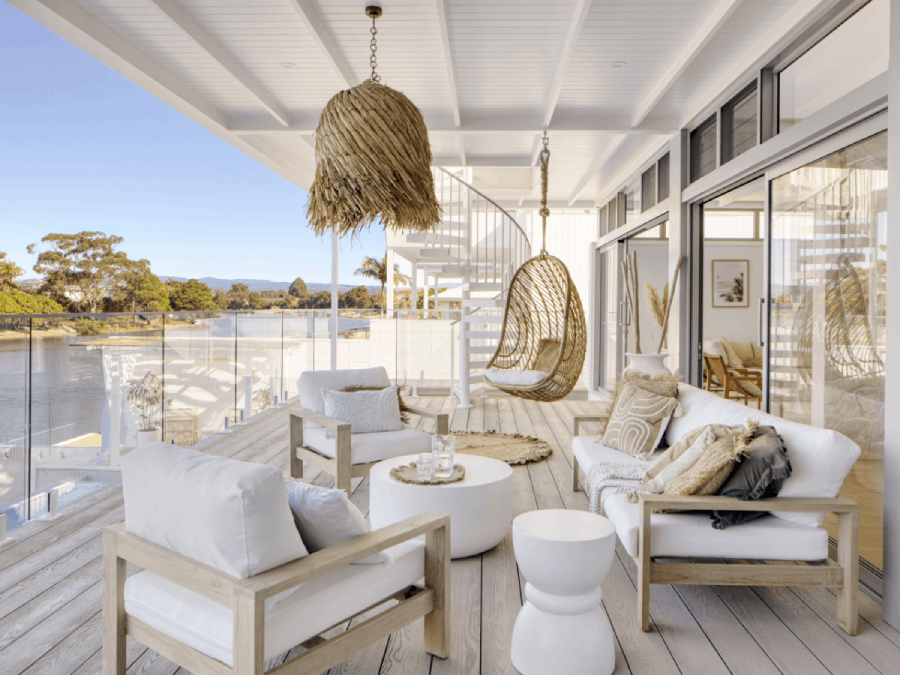Maintaining a competitive advantage over other home builders could be challenging. With an effective material procurement process, the company can increase its profits and emerge as an industry leader. Unfortunately, builders may find this increasingly difficult to attain in a volatile market. According to the Australian Bureau of Statistics, the cost of building materials has increased more than 14% in the past year, while home sales have sharply declined 42% compared to the previous year. The current economic environment means that efficient material procurement is even more crucial for home builders.
If you’re planning to streamline your company’s procurement process, here are the steps to follow:
- Create a procurement management plan
Procurement typically starts after a project is won and a construction contract is signed. The process involves determining the scope of work, identifying suppliers, requesting and comparing quotes, confirming delivery and installation, and a host of other tasks in between. For custom home builders, procurement can involve more than 50 job categories.
To ensure that the project stays on track and within budget, you’ll need a performance management plan. This management plan will serve as your project’s purchase guide and framework. The plan should:
- Identify what materials need to be procured.
- Determine the type of contracts to be used.
- Estimate the costs of the materials.
- Set timelines, deadlines, and deliverables.
- Evaluate risks within the supply chain.
- Identify and track performance metrics for all procurement activities.
Without an effective procurement management plan in place, the project will suffer from avoidable errors and delays—and these inefficiencies will most likely cost you your clients’ trust.
- Find the right building suppliers
The right building supplier can mean the difference between your project’s success and failure. Remember, your project is only as good as the materials for building you use. Choose a supplier that can guarantee high-quality and durable materials at the right price point.
When you’re comparing your options, consider these essential factors:
- Delivery logistics: If the materials get delivered too early, you’ll need to worry about (and pay for) storage. If they get delivered too late, they can mess up your timeline. Ask your supplier if they have a fleet of delivery vehicles and if they offer flexible delivery schedules.
- Sourcing certifications: Are the materials sourced legally and responsibly?
- Stock availability: To keep storage and inventory costs down, some suppliers only purchase or manufacture materials when they already have a client. While working with these suppliers may save help you save money, it can also lead to delays. Timing is crucial, so ask about their delivery timelines early on.
- After-sale service: The right suppliers stand behind the quality of their products. Ask whether your supplier offers after-sale support, guidance, and advice.
Mitigate supplier-associated risks by specifying liability and damages for breach of contract, delays, or latent defects.
- Maintain superior supplier relationships
Companies could struggle to negotiate better rates or terms if they lack a good relationship with suppliers. Delayed discussions would only cost them more in the long run. Suppliers could refuse discounts, and clients would have to wait for the completion of their home design projects.
So, as part of creating an effective material procurement process, you need to strengthen connections with suppliers. Here are a few ways to do that:
- Have open and honest communications about all dealings.
- Observe supplier performance and discuss any shortfalls.
- Create mutual benefits and trust by collaborating with them.
- Treat them as a business partner instead of only a supplier.
Moreover, per the Australian Department of Finance’s document on procurement, suppliers can provide a domestic economic benefit. Choosing not to import materials from other areas can help companies save more.
- Ensure transparency and compliance
Transparency helps build stronger relationships with your clients, partners, and suppliers. In fact, studies show that an overwhelming 94% of consumers are loyal to companies that practice transparency in their operations. All relevant parties in your project should know what is expected of them to avoid miscommunication, losses, and possible fines for non-compliance.
Some of the steps you’ll need to take to ensure transparency in the procurement process are:
- Define and enforce a clear procurement policy.
- Monitor and document every part of the process.
- Identify and manage an approved list of suppliers.
- Sign valid and reasonable procurement contracts.
- Frequently audit the process and make adjustments where needed.
If you’re unfamiliar with the legal aspect of procurement law, contracts, and up policies, there are plenty of online resources you can turn to.
Final words
Home builders can streamline the management of their material procurement process by following the steps in this article. Although some builders may need to make a few more adjustments to their current process, it’s definitely possible to quickly create and implement an efficient procurement strategy.








